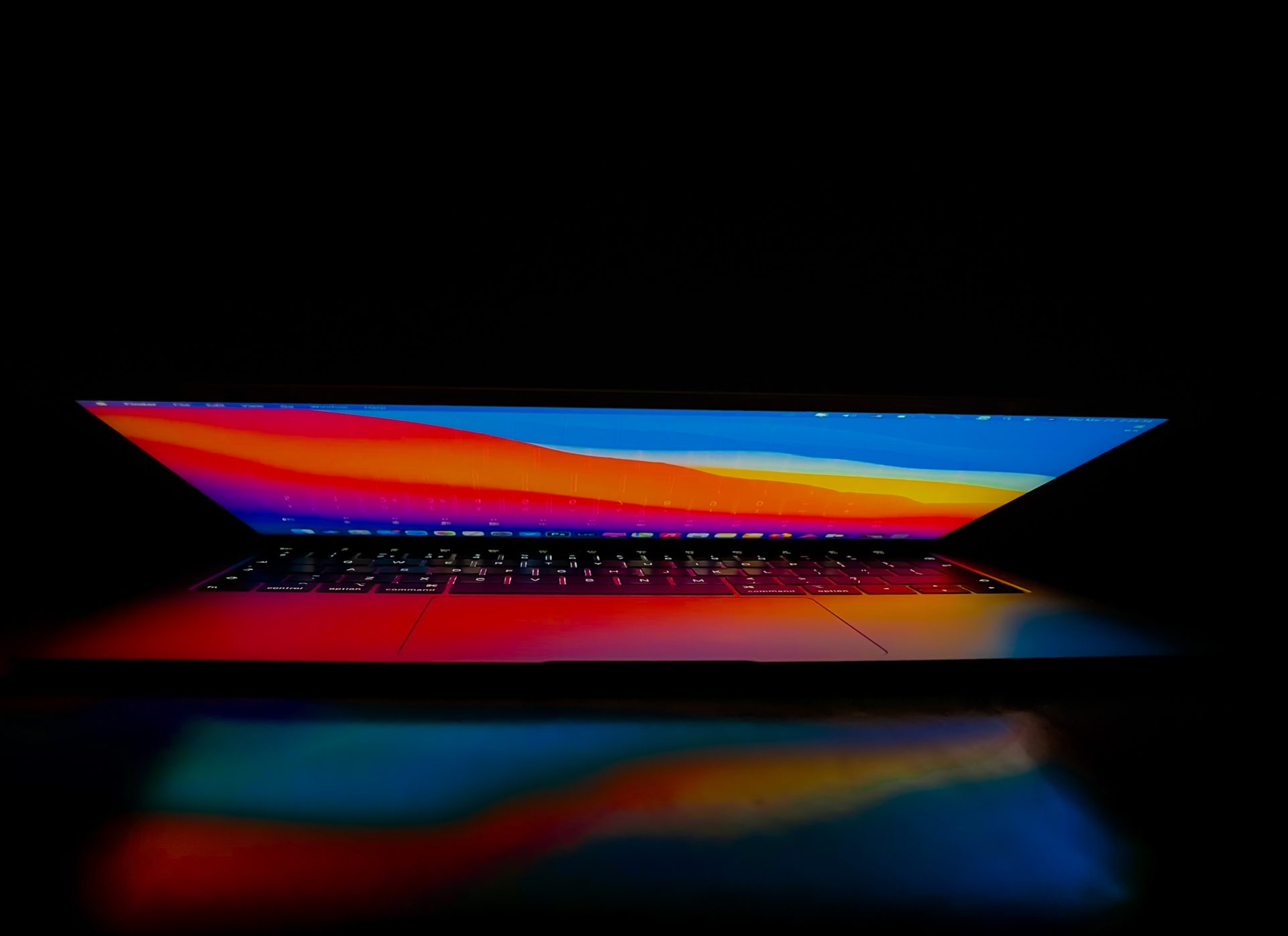Introduction to Prolonging the Battery Life of your MacBook Air
One of the most frustrating things that can happen while using your MacBook Air is its short battery life. Having to constantly plug in your laptop or carry around an extra charger can be a real hassle, and it’s even more frustrating when you’re trying to work or complete an important task.
However, there are steps you can take to prolong the battery life of your MacBook Air and extend the lifespan of your battery.
In this blog, we’ll take a look at some of the factors that affect battery lifespan, as well as tips for extending the lifespan of your MacBook Air’s battery. We’ll also discuss signs that your MacBook Air’s battery may need to be replaced, and how to replace the battery in a MacBook Air.
Factors that Affect Battery Lifespan
There are several factors that can affect the lifespan of a MacBook Air battery, and understanding these can help you take steps to optimize the battery’s performance and extend its lifespan.
One of the main factors is the age of the MacBook Air itself. As with any device, the battery of a MacBook Air will naturally degrade over time, even if it’s not being used. This means that the battery of an older MacBook Air may not last as long as the battery of a newer model, even if they are being used in similar ways.
The frequency and intensity of use can also affect battery lifespan. If you use your MacBook Air heavily on a daily basis, the battery is likely to degrade faster than if you only use it occasionally.
Similarly, certain types of tasks can be more demanding on the battery than others. For example, running graphics-intensive programs or playing games may drain the battery faster than simply browsing the web or working on documents.
Temperature is another important factor to consider when it comes to maximizing battery lifespan. Both external and internal temperatures can affect the battery’s performance. For example, if you use your MacBook Air in a hot environment or leave it in a hot car, the battery may degrade faster.
By understanding the factors that can affect the lifespan of a MacBook Air battery and taking steps to optimize them, you can help ensure that your battery stays healthy for as long as possible.
Tips for Extending the Lifespan of Your MacBook Air’s Battery

One important tip is to calibrate the battery regularly. Calibrating the battery involves fully charging it, then using it until it drains to a low level and shutting it off. This helps the battery’s software understand its current capacity and allows it to provide more accurate estimates of remaining battery life.
Another tip is to keep the MacBook Air at a moderate temperature. As mentioned earlier, extreme temperatures can be hard on a battery and can cause it to degrade faster.
It’s also important to avoid overcharging the battery. Leaving your MacBook Air plugged in when it’s fully charged is fine, but extended periods of plugging can cause battery degradation. To extend the battery life, unplug the MacBook Air once the battery is already full.
Using energy-saving settings and closing unnecessary programs can also help extend the battery life of your MacBook Air. By reducing the amount of power the MacBook Air needs to operate, you can help the battery last longer between charges.
Finally, keeping the MacBook Air’s software and firmware up to date can help ensure that the battery is being used efficiently and that any potential issues are addressed.
By following these tips and taking steps to optimize the performance of your MacBook Air’s battery, you can help ensure that it stays healthy and provides reliable power for as long as possible.
Signs That Your MacBook Air’s Battery May Need to Be Replaced
There are several signs that your MacBook Air’s battery may be failing and in need of replacement. If you notice any of these issues, it’s a good idea to consider replacing the battery to ensure that your MacBook Air continues to function properly.
One of the most obvious signs that your MacBook Air’s battery may be failing is a sudden drop in battery life. If you notice that the battery is no longer lasting as long as it used to, or if it drains faster than expected, it could be a sign that the battery is starting to fail.
Another sign that your MacBook Air’s battery may be failing is if it is no longer holding a charge. If you plug in your MacBook Air and it doesn’t charge or the charge doesn’t last very long, it could be a sign that the battery is no longer functioning properly.
If your MacBook Air won’t turn on or starts up slowly, it could also be a sign that the battery is failing. A failing battery can prevent the MacBook Air from turning on or may cause it to start up slowly, which can be frustrating and disruptive.
Finally, if you notice that the battery is bulging or leaking, it’s definitely time to replace it. A bulging or leaking battery can be dangerous and can cause damage to the MacBook Air, so it’s important to replace it as soon as possible.
By being aware of the signs that your MacBook Air’s battery may be failing and taking steps to replace it if necessary, you can help ensure that your MacBook Air stays powered and ready to go.
How to Replace the Battery in a MacBook Air
Replacing the battery in a MacBook Air is a relatively straightforward process, as long as you have the necessary tools and materials. By following the steps below, you can replace the battery in your MacBook Air and get it back up and running with a fresh battery in no time.
Gather the necessary tools and materials
The first step in replacing the battery in a MacBook Air is to gather the necessary tools and materials. You will need a Phillips head screwdriver, a pry tool (such as a spudger or a plastic opening tool), and a new battery.
You can purchase a replacement battery from Apple or from a third-party supplier. Make sure to get the correct battery for your specific model of MacBook Air.
Replacement process
Once you have all the necessary tools and materials, it’s time to start the replacement process. Begin by turning off the MacBook Air and unplugging it from any power sources.
Next, remove the screws from the bottom of the MacBook Air using the Phillips head screwdriver. There should be 10 screws in total, and they are located around the perimeter of the device.
You will be able to lift the bottom case off of the MacBook Air once you have removed all the screws. Take caution, as the battery may still be connected to the motherboard. Carefully lift the bottom case off and set it aside.
Next, you will need to disconnect the battery from the motherboard. There should be a small connector on the battery that you will need to disconnect.
Carefully lift the connector off of the battery, taking care not to damage the connectors on the motherboard or the battery.
With the battery disconnected, you can now remove it from the MacBook Air. Simply lift the battery out and set it aside.
You can now install the new battery by placing it in the same position as the old battery and reattaching the connector. Make sure the connector is securely in place, then replace the bottom case and reattach the screws.
Finally, turn on the MacBook Air and test the new battery to ensure it is functioning properly.
By following these steps and taking care to handle the battery and the MacBook Air carefully, you can replace the battery and get your device back up and running in no time.
Conclusion: Maximizing the Lifespan of Your MacBook Air’s Battery
In conclusion, the battery life of a MacBook Air is an important consideration for any user. A failing battery can be inconvenient at best and disruptive at worst, and replacing the battery can be a costly and time-consuming process.
By understanding the factors that can affect the lifespan of a MacBook Air battery and taking steps to optimize them, you can help ensure that your battery stays healthy for as long as possible.
Some tips for extending the lifespan of your MacBook Air’s battery include calibrating the battery regularly, keeping the MacBook Air at a moderate temperature, avoiding overcharging the battery, using energy-saving settings and closing unnecessary programs, and keeping the MacBook Air’s software and firmware up to date.
If you notice any signs that your MacBook Air’s battery may be failing, such as a sudden drop in battery life, the battery no longer holding a charge, the MacBook Air not turning on or starting up slowly, or the battery bulging or leaking, it’s a good idea to consider replacing the battery.
Replacing the battery in a MacBook Air is a relatively straightforward process, as long as you have the necessary tools and materials. By following the steps for removing the old battery and installing a new one, you can get your MacBook Air back up and running with a fresh battery in no time.
Overall, by understanding the importance of maintaining the battery of a MacBook Air and taking steps to optimize its performance, you can help ensure that your device stays powered and ready to go for as long as possible.
Frequently Asked Questions
The lifespan of a MacBook Air’s battery can vary depending on a number of factors, including the age of the device, the frequency and intensity of use, the types of tasks being performed, and the temperature.
On average, a MacBook Air’s battery should last for several years, but it’s not uncommon for the battery to start failing after a few years of use.
There are several steps you can take to help extend the lifespan of your MacBook Air’s battery and ensure that it stays healthy for as long as possible. These include calibrating the battery regularly, keeping the MacBook Air at a moderate temperature, avoiding overcharging the battery, using energy-saving settings and closing unnecessary programs, and keeping the MacBook Air’s software and firmware up to date.
There are several signs that your MacBook Air’s battery may be failing and in need of replacement. These include a sudden drop in battery life, the battery no longer holding a charge, the MacBook Air not turning on or starting up slowly, and the battery bulging or leaking.
If you notice any of these issues, it’s a good idea to consider replacing the battery.
In most cases, you should be able to replace the battery in a MacBook Air yourself as long as you have the necessary tools and materials.
However, if you are not comfortable doing the replacement yourself, you can take your MacBook Air to a professional to have the battery replaced.

